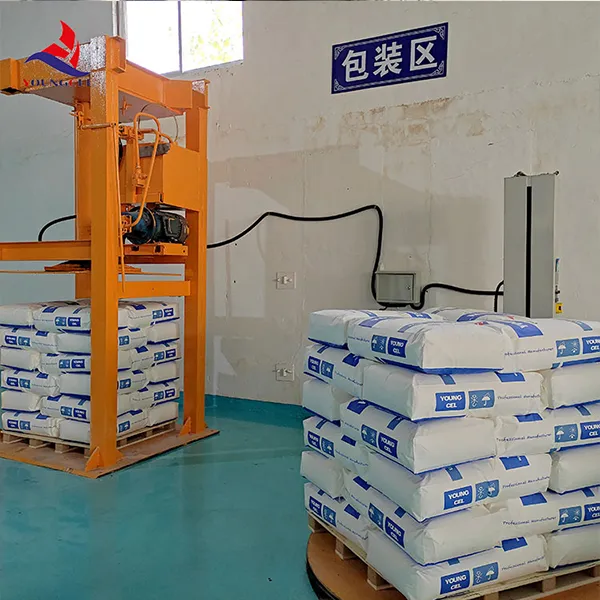The Role of Redispersible Polymer Adhesive Powder (RDP) in the Concrete Industry
In the modern construction landscape, the use of advanced materials has transformed traditional practices, enhancing the performance, durability, and versatility of concrete. One such innovative material is Redispersible Polymer Adhesive Powder (RDP), a crucial component in many construction applications, particularly in the concrete industry. This article explores the significance, benefits, and applications of RDP in concrete, shedding light on why it is increasingly favored by engineers and construction professionals.
What is RDP?
Redispersible Polymer Powder is a powdered form of synthetic polymer, typically made from ethylene-vinyl acetate (EVA) or other polymers. When mixed with water, RDP rehydrates, forming a stable emulsion that enhances the properties of the base material it is combined with. RDP is predominantly used in various concrete applications, including tile adhesives, repair mortars, and floor screeds, among others.
Enhanced Performance
One of the primary reasons for incorporating RDP in concrete mixes is its ability to significantly enhance performance characteristics. RDP improves the adhesion of mortars and concrete to various substrates, including concrete, bricks, and tiles. This increased adhesion is crucial for applications such as tile laying, where a strong bond is necessary to prevent delamination and ensure lasting installations.
Moreover, RDP contributes to improved flexibility and crack resistance in concrete products. It allows the concrete to maintain integrity under stress, reducing the likelihood of cracking, which is essential for structures exposed to dynamic loads or environmental changes. This flexibility also enables the development of thinner and lighter concrete elements without sacrificing strength and durability.
Water Resistance and Durability
Another significant advantage of RDP is its contribution to water resistance. The polymer forms a film that protects the concrete matrix from water ingress, thereby minimizing the risk of damage due to freeze-thaw cycles, efflorescence, and corrosion of embedded steel reinforcement. This characteristic makes RDP-infused concrete ideal for construction projects in regions prone to moisture and varying climate conditions.
redispersible polymer adhesive powder rdp used in concrete industry

Furthermore, the presence of RDP enhances the long-term durability of concrete products, ensuring that repairs or installations remain effective over time
. This durability translates to reduced maintenance costs and increased overall lifespan, making it a cost-effective solution for construction professionals and property owners.Versatility in Applications
RDP's versatility is another factor driving its popularity in the concrete industry. It can be used in a wide range of applications, including
1. Tile Adhesives The enhanced adhesion and flexibility of RDP make it an ideal additive for tile adhesives, ensuring a strong and lasting bond between tiles and substrates.
2. Repair Mortars RDP-modified repair mortars exhibit better workability and bonding capacity, facilitating easier application and long-lasting repairs.
3. Self-Leveling Compounds The improved flow characteristics provided by RDP are vital in self-leveling concrete applications, ensuring a smooth and even surface.
4. Floor Screeds RDP enhances the performance of cement-based floor screeds, providing a durable and resilient underlayment for various flooring systems.
Conclusion
As the concrete industry continues to evolve, the integration of materials such as Redispersible Polymer Adhesive Powder represents a significant advancement in construction techniques. By improving adhesion, flexibility, water resistance, and durability, RDP serves as an essential component in delivering high-quality concrete products. Its versatile applications make it a valuable tool for engineers and contractors alike, paving the way for innovative solutions in both residential and commercial projects. Embracing RDP not only enhances performance but also contributes to the sustainability and longevity of concrete structures, positioning it as a vital element in the future of construction.






